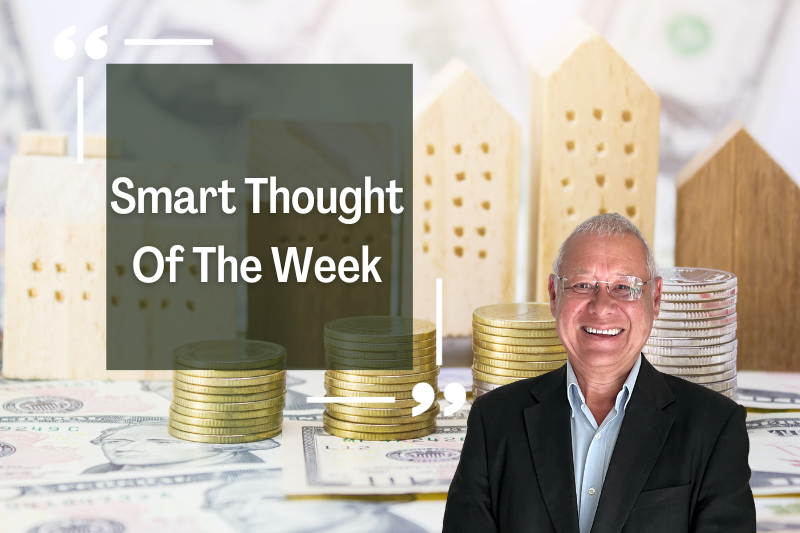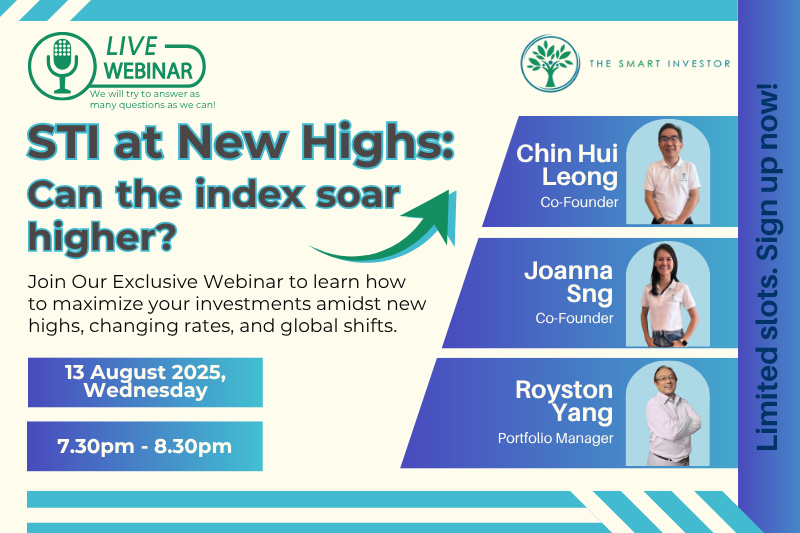Despite the bombast and bluster, the Trump administration has only delivered an average performance. After we cut through the noise, the hyperbole and the stage-managed cliff-hanging moments, America’s economic performance has been unexceptional. The annual growth rate of 2% is below average for 80 years.
Just look at all the brouhaha over the Trump tariffs. What did those months of threats, postponements and delays achieve? The result was an average import tariffs of 15% for most countries. Some got away with less, whilst others were penalised with higher import tariffs. How very mediocre was that?
Additionally, the tariff deals are far from done because very little has been agreed. Most of the “deals” are just flaky frameworks. It could take a while for the actual deals to be ratified and formalised, if ever. What’s more TACO man has chickened out on China, again.
These tariff shenanigans could continue for quite a while, if not for the entire duration of Trump’s term of office. It’s unclear if the tariffs are even legal. But that has never stopped Trump. He thinks that he has found a way to punish countries that he dislikes whenever he wants by denying them access to American consumers.
So, the tariffs have less to do with making America great again. Instead, it is more about America making other countries bend to its wishes. Trouble is, we have no idea what Trump wants or when he wants it.
Consider the 50% tariff imposed on Indian exports to the US. Admittedly, India has a US$45.7 billion trade surplus with America. But what did we expect? The per capita income of the average American is US$85,586. The per capita income of the average Indian is just US$2,798.
Common sense would tell us that Indian households don’t have the same level of purchasing power as American consumers. But common sense has nothing to do with what America is doing. The Indian tariffs have nothing to do with trade. It’s more about BRICS and Trump’s distrust of the intergovernmental organisation that includes Brazil, Russia, India, China and South Africa.
On their own, BRICS countries are sitting ducks. But as a group, they could push back against America. China could, if it wants, use its coveted rare earths as a bargaining tool to extract concessions for its allies.
But China is unlikely to do that. The US tariffs have turned countries against each other. Gone are the days of multinational agreements. It has been replaced by unilateralism.
The upshot is that global supply chains could be disrupted. That could result in rising costs that could, in turn, lead to higher inflation for all of us. Unfortunately, central banks everywhere will be forced to choose between driving up economic growth and driving down inflation.
Chances are economic growth will take precedence over inflationary concerns. So, it is up to us to ensure that our savings can maintain their purchasing power. I am investing in the best inflation-beating assets I know, which are equities. Where are you putting your money? You can find out how I do it here.
If you’d like to learn more investing concepts, and how to apply them to your investing needs, sign up for our free investing education newsletter, Get Smart! Click HERE to sign up now.
Get more stock updates on our Facebook page. Click here to like and follow us on Facebook.
Disclosure: David Kuo does not own any of the shares mentioned.






